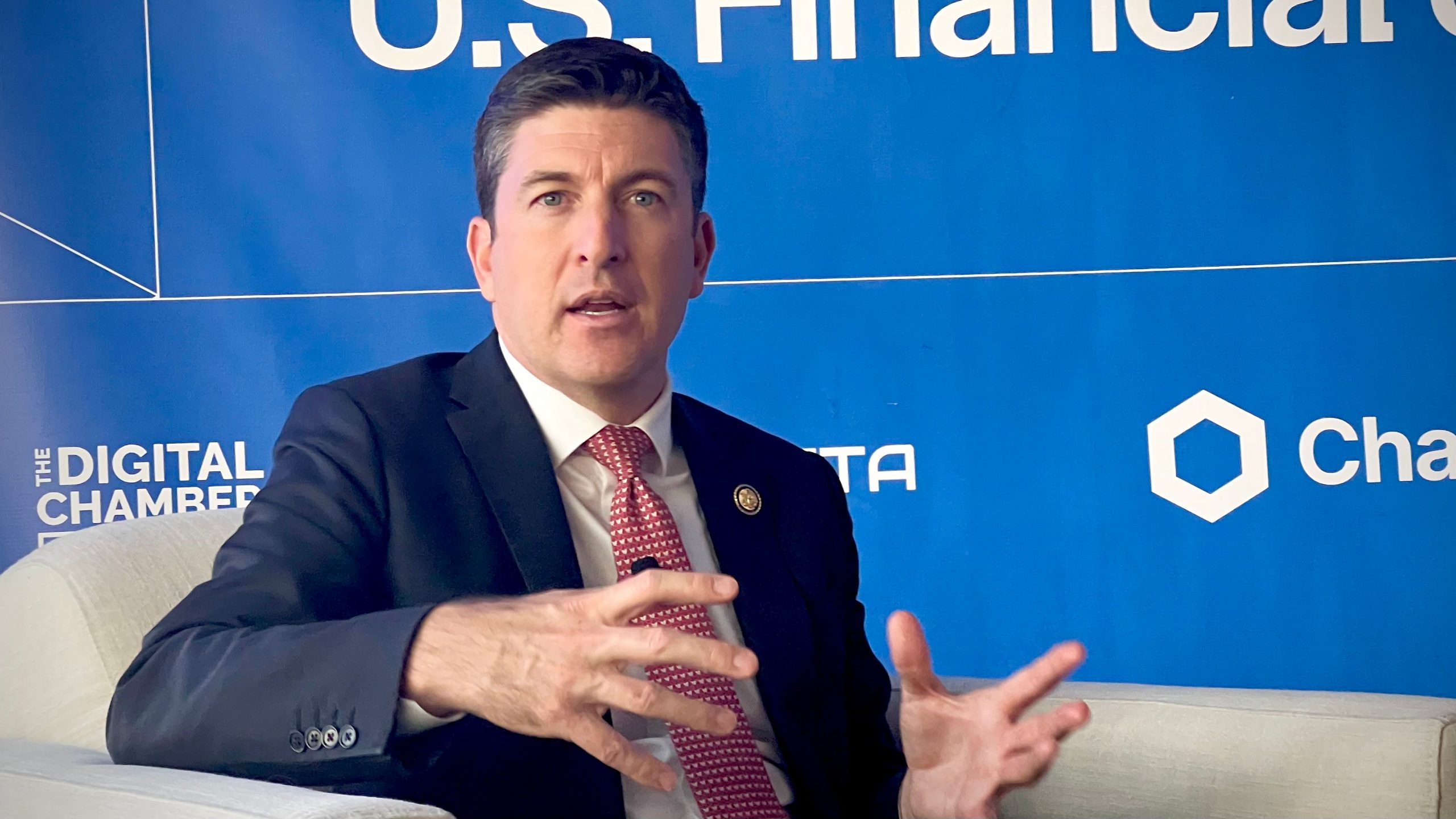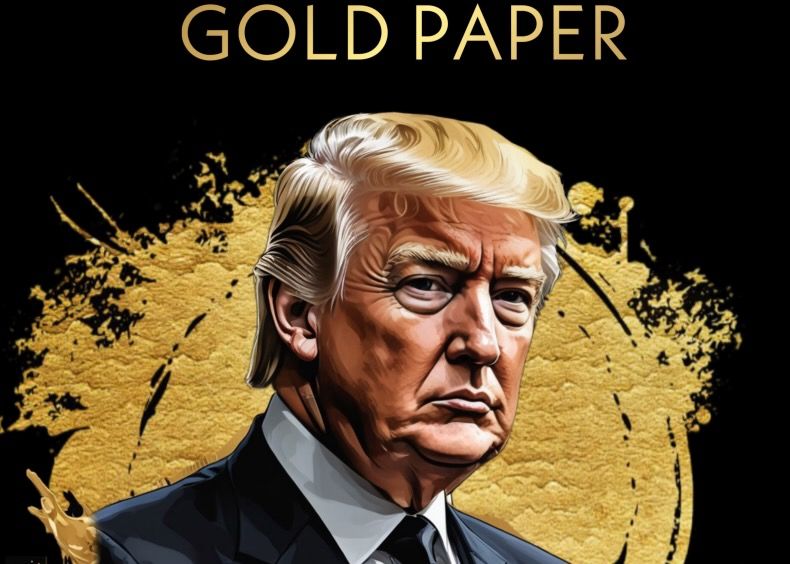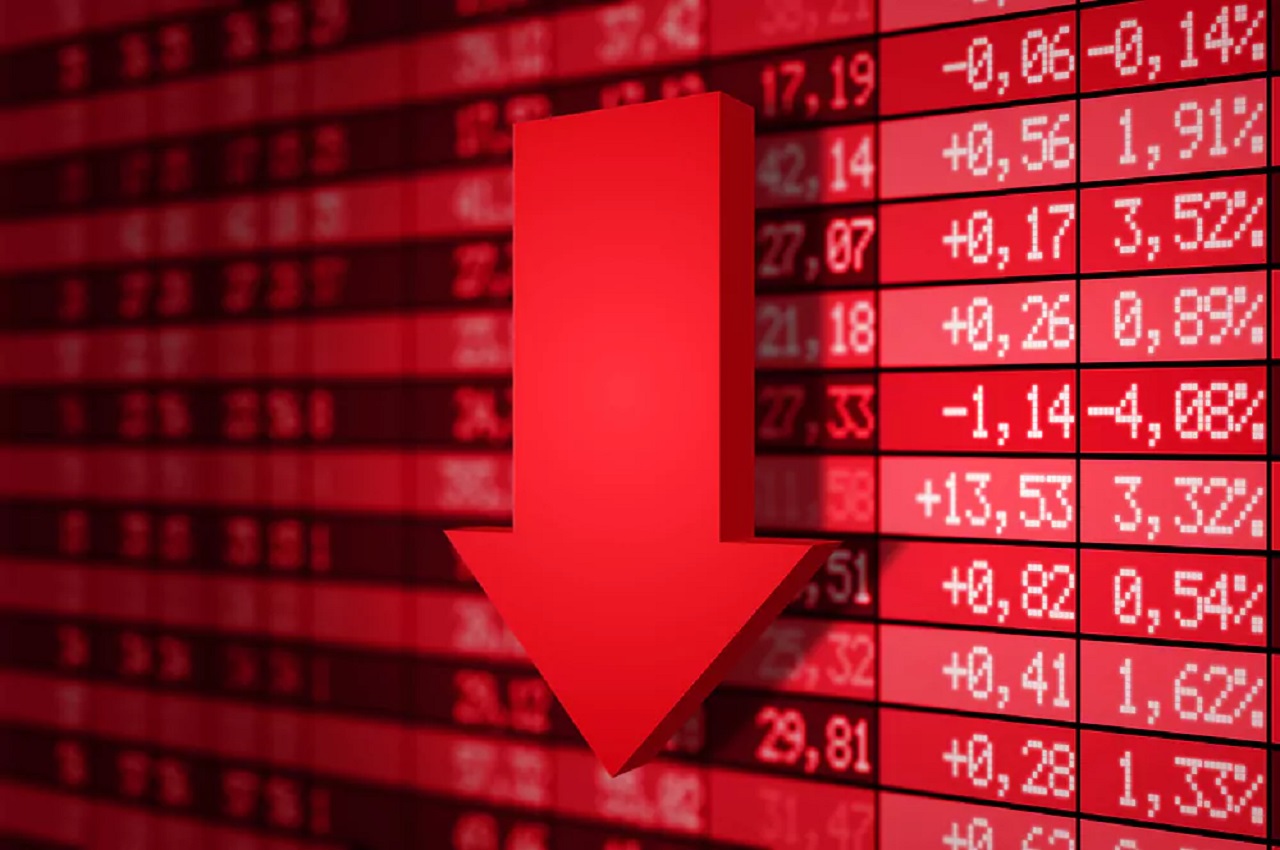After Donald Trump returned to the White House, there was a huge increase and intense purchasing activities for cryptocurrencies. Trump’s signing of many decrees supporting the cryptocurrency market has caused more people to turn to crypto trading. Next week will be a critical period that will shape the future trends of the market due to the Federal Open Market Committee (FOMC) meeting, decisions on interest rates and other important economic developments.
What’s on the agenda for cryptocurrencies next week?
This week, US President Trump’s policies after taking office have been the main focus of the markets, and the markets seem to have responded to this situation quite well. Instead of causing concern, Trump’s statements caused investors to become more optimistic. Trump made important statements on issues such as artificial intelligence (AI) investments, major changes in crypto policies, keeping interest rates low, and keeping inflation under control by lowering oil prices. These developments encouraged investors to take more risks, and the S&P 500 index reached a new record high. As we enter the new week, there are many important events that can shape the future trends of the cryptocurrency market.

Fourth quarter earnings releases and FOMC meeting
Next week, major technology companies such as Microsoft, Meta Platforms, Tesla and Apple will announce their earnings reports. Analysts expect these major companies and three other notable firms to grow earnings by more than 17% next year; This rate is almost double the 9% growth expectation of the other 493 companies. Because these companies are so highly valued, investors are likely to expect information beyond just standard profit and revenue numbers.
Additionally, the US Federal Reserve (FED) is expected to keep its key interest rate steady this Wednesday, awaiting further data on declining inflation. At the World Economic Forum held in Davos, Switzerland, Trump argued for an immediate global reduction in interest rates. Trump brought up this pressure, which was ineffective in his first term, again in his second term. Trump, who tightened immigration policies at the beginning of his second term, announced plans to increase import taxes, effective February 1.

This situation creates uncertainty for the Fed, making monetary policy planning difficult. The Fed is expected to keep the interest rate in its current range of 4.25% to 4.50% as recent data supports a gradual approach to its 2% inflation target.
PCE data and European Central Bank decision awaited
Overall PCE prices in the US in November increased by 2.4% compared to the same period last year; This is up from a three-year low of 2.1% seen in September. The core PCE price index, which the Fed uses as its main inflation measure, increased by only 0.1%, the smallest increase in six months. This kept the annual core PCE rate steady at 2.8% in December, below the expected 2.9%. Going forward, the overall PCE is expected to rise to 2.6% on an annual basis, and this data will be released on Friday. The core PCE inflation rate is expected to remain constant at 2.8%.

On the other hand, the European Central Bank, ECB, is expected to reduce interest rates by 0.25% to 2.75% at its next meeting on January 30. This will be the fifth interest rate cut since June 2024 and will aim to support economic growth.







